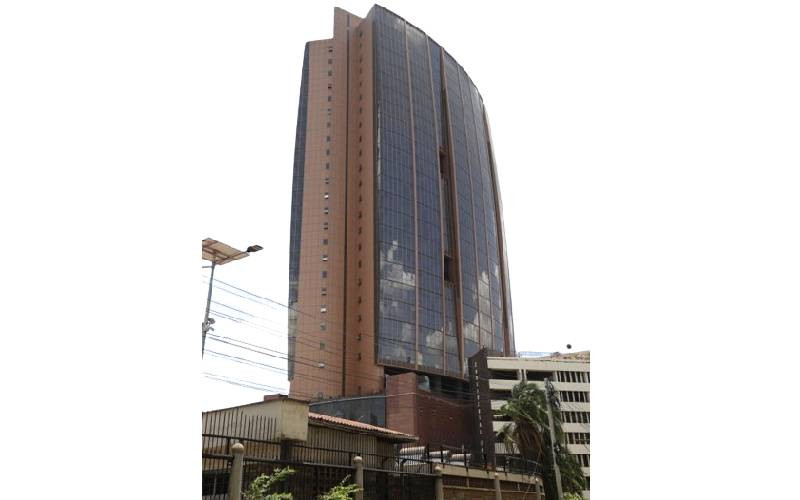NAIROBI: The Communications Authority of Kenya (CA) has launched a new system to manage and monitor frequencies.
The Spectrum Management and Monitoring System (SMMS) is expected to cut the time taken to process radio spectrum licences as well as that of resolving radio interference complaints. This is a culmination of a process which begun in June 2014 when a German contractor, Rohde and Schwarz, bagged the Sh962 million contract to upgrade the old system in place for the last 13 years.
The new system becomes the third since the regulator was established. The first system was also developed by Rohde and Schwarz in 1986 before an Israeli firm developed the second. ICT Cabinet Secretary Joe Mucheru lauded the launch saying that radio spectrum is a scarce natural resource that must be managed prudently for the benefit of Kenyans.
“The higher demand between fixed and mobile services and between telecommunications and broadcasting, and the necessity for greater bandwidth mean that access to spectrum is becoming increasingly important,” noted Mucheru.
Authority’s Director General Francis Wangusi said that since the system is software-controlled, the software that used to run the previous system got depleted. Therefore, it could not manage the intricacies that have cropped up since then.
“There are so many features that have come up in the course of our regulatory work and the new system will help us to rapidly respond to the growing needs of our customers,” he said.
He observed that systems for licensing, coordination, notification and billing have changed and new players with unique needs have come up. The new system is expected to offer timely response to illegal connections.
OPENING OF OFFICES
Wangusi said there are many people trying to illegally use the spectrum for commercial and terror-related activities. However, it is hoped that the new system will help the authority to detect and ultimately eliminate interference in radio communications services.
According to Rohde and Schwarz Project Manager Johann Weingerertner, the system has a high sensitivity making it possible to precisely locate even weak signals and expand the detection range. Since the new system offers timely monitoring and response, he is upbeat that all illegal pop-ups will be detected on time.
Also, it is complimented by portable measurement and logging tools which will provide a platform for cooperation among relevant government agencies.
Under the new system, CA will monitor the HF, VHF and UHF frequency spectra from 11 measuring and direction finding (DF) stations. The eleven will be in most major towns such as Nairobi, Mombasa, Nakuru, Kisumu and Edoret. Two vehicles installed with mobile and direction finding stations, will be dispatched to Eldoret and Mombasa. This will be followed by opening of offices in Kisumu and Nyeri.
Apart from being an integrated tool for spectrum planning, technical analysis, cross-border coordination, CA Board Chairman Ben Gituku said the new system will bring down the cost of getting licences.
“With its web-based licence application feature, the cost of entry and doing business in the ICT sector will reduce. Investors will no longer have to travel to CA offices to apply for licences,” said Gituku.
 The Standard Group Plc is a multi-media organization with investments in media
platforms spanning newspaper print operations, television, radio broadcasting,
digital and online services. The Standard Group is recognized as a leading
multi-media house in Kenya with a key influence in matters of national and
international interest.
The Standard Group Plc is a multi-media organization with investments in media
platforms spanning newspaper print operations, television, radio broadcasting,
digital and online services. The Standard Group is recognized as a leading
multi-media house in Kenya with a key influence in matters of national and
international interest.
 The Standard Group Plc is a multi-media organization with investments in media
platforms spanning newspaper print operations, television, radio broadcasting,
digital and online services. The Standard Group is recognized as a leading
multi-media house in Kenya with a key influence in matters of national and
international interest.
The Standard Group Plc is a multi-media organization with investments in media
platforms spanning newspaper print operations, television, radio broadcasting,
digital and online services. The Standard Group is recognized as a leading
multi-media house in Kenya with a key influence in matters of national and
international interest.









